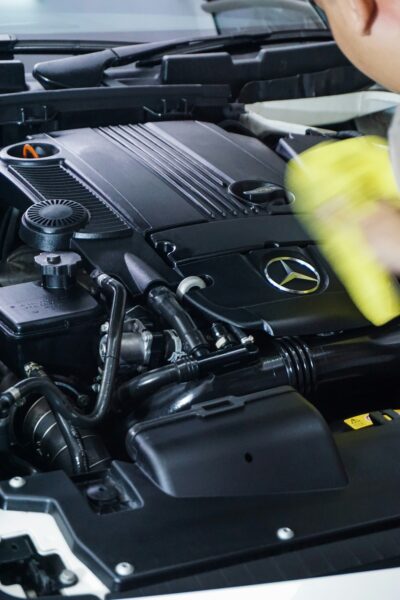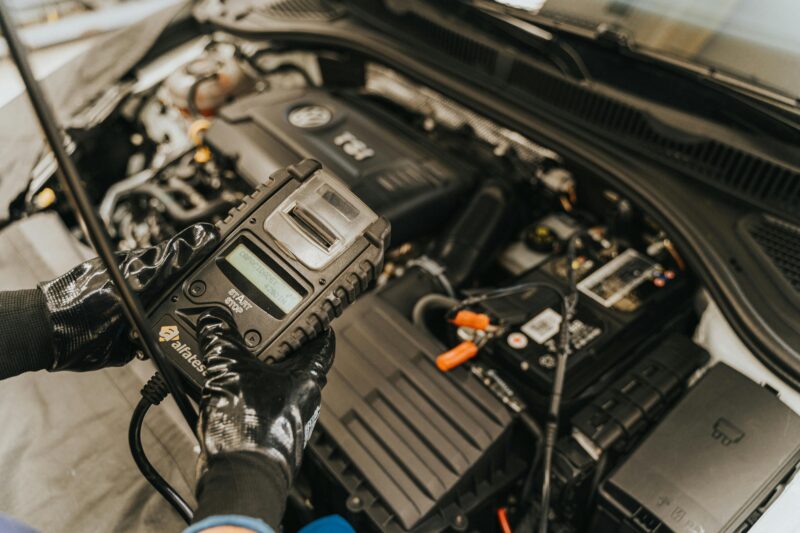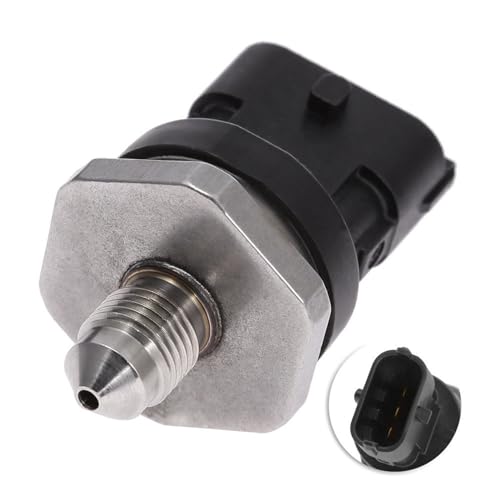
If you’re here, chances are you’ve been staring at your vehicle’s engine bay, wondering where on earth the fuel rail pressure sensor is hiding. The good news? You’re not alone—it’s one of those components that can be tricky to locate, especially for first-timers. Let’s break it down step-by-step so you’re not left scratching your head (or reaching for the wrong tool).

The fuel rail pressure sensor is usually found snugly mounted on the fuel rail. Specifically, for many vehicles (like some trucks), it’s located on the passenger side, near the firewall, at the back of the engine. In simple terms, it’s on the left side of the rail when you’re looking at the engine from the front of the vehicle.
This seemingly easy-to-spot placement can quickly feel challenging due to the tight space. The firewall area is notoriously cramped, making access to the sensor anything but straightforward. But don’t worry—where there’s a will, there’s a way!
Before diving in, gather a few essentials to make the process easier. Here’s your quick checklist:
And one more important step—disconnect the negative battery terminal before you start. This ensures safety while you’re working near electrical components. It’s a quick task that also prevents any shock hazards.
Accessing the sensor and removing it requires finesse since space is so limited. Here are some actionable tips to make your life easier:
To help you visualize it all, here’s a breakdown in table form:
| Component | Location | Key Notes |
|---|---|---|
| Fuel rail pressure sensor | Passenger side, back of engine, near firewall | Cramped space; requires a special wrench |
| Wire harness plug | Attached to the sensor | Locking tab must be removed with a pick tool |
| Negative battery terminal | Under the hood | Disconnect before starting work |
With these steps and tips, you’re well on your way to locating and accessing your fuel rail pressure sensor like a pro. For a detailed guide on this task, you can refer to how to inspect the Fuel Rail Pressure Sensor (FRPS). Have you tackled this project before? Any tools or tricks that worked especially well for you? Share your insights in the comments—your experience might just save someone else a headache!

The labwork parts Pressure Sensor L807 18 211 0261545074 is a reliable and high-quality component designed for monitoring fuel rail pressure in vehicles. Essential for maintaining optimal engine performance and efficiency, this sensor ensures accurate pressure readings for diagnostic purposes.
We hope this guide makes locating your fuel rail pressure sensor a breeze! If you’re a fellow car enthusiast or just someone who loves delving into engine mysteries, we’d love to connect and share ideas. Why not check out some more of our helpful tips and car hacks on Pinterest, where we pin all things automotive and design? Or, if you prefer a glimpse into our day-to-day escapades, follow us on Instagram for a behind-the-scenes look. We’re also actively engaging on X (formerly Twitter) – join the conversation and let us know your car stories! Lastly, our Facebook page is a great place to find community discussions and updates. We’re always excited to connect with fellow car lovers, so don’t be shy—say hi!
When the fuel pressure sensor malfunctions, the engine's fuel system fails to deliver the correct amount of fuel required for efficient combustion. This can lead to too much fuel entering the combustion chamber, resulting in noticeable decreases in fuel economy and performance.
The common rail pressure sensor is typically located on the fuel rail itself. This sensor plays a crucial role in measuring the fuel pressure within the rail, providing essential data to the Engine Control Module (ECM) to regulate the Fuel Pressure Control Valve and the Fuel Quantity Control Valve efficiently.
To reset the fuel rail pressure sensor, particularly if you notice irregular pressure readings after replacement, you might need to use a scanner tool to clear any faults. Alternatively, disconnecting and then reconnecting the vehicle's battery can sometimes successfully reset the sensor.
Yes, injection control pressure sensors (ICP) are generally synonymous with fuel rail pressure sensors (FRP). These sensors are tasked with measuring the pressure within the rail that supplies fuel to the injectors, ensuring the engine runs smoothly and efficiently.
